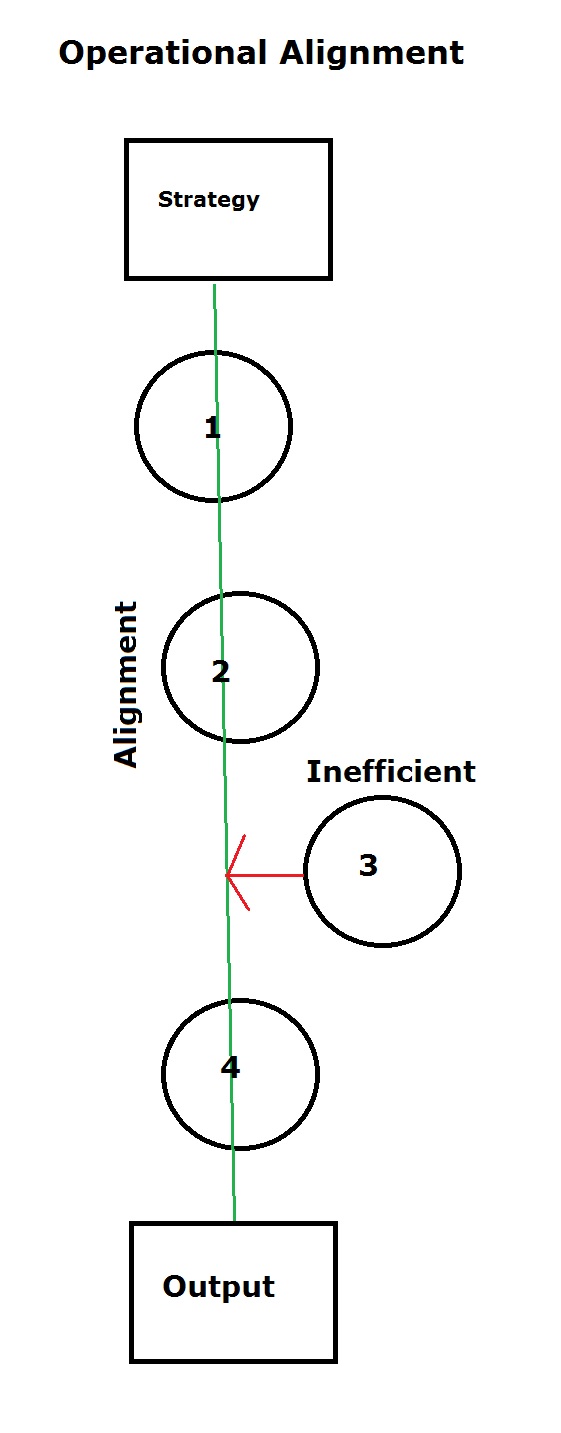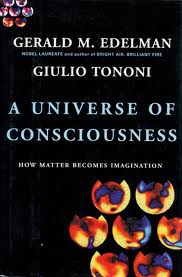 |
| Beech |
Key West is a resort Island that hosts a whole range of fun
activities for both individuals and families. Recently, I visited the island
during an academic conference focused on international Academic works. Despite
being busy preparing and presenting my own research there were a few hours
where I could find some time to explore the local scene. If you think of Key
West you should also think of Cuban culture and life. Its orientation is very
much Spanish with American spicing.
The day attraction rests on sandy white beaches that draw
thousands of visitors every year. The beaches are located not far from the
airport and near the string of local resorts. The beaches are dotted with
people of all ages trying to obtain a quick sun tan before heading back to wherever
they are from. The beaches are well groomed and clean. At Smather’s Beach you
can parasail, rent hobie cates, windsurf, kayak and paddle boards. It’s a fun
time!
 |
| Duval Street |
The night life on Key West is equally full of fun and
excitement. The majority of the party is on Duval Street and a few blocks
thereof. Everything is within walking distance. This includes bars, restaurants,
night clubs, street vendors and stores. The streets are crowded even on a
Monday and Tuesday evening as vacation travelers and locals head to the area
for some entertainment. Be careful because one could easily overdue it in this
area.
The island also hosts glass bottom tours, parks, shopping,
fishing escapades, and historical sites. There are plenty of things to do from
small children to senior citizens. This may be why it is attractive as a
tourist destination. It would be wise to
note that due to the Spanish culture just about everything from the local
vendors have a stated and a negotiated price. Don’t be afraid to ask for a price
reduction, a volume discount, or any other type of strategic haggle. The
islands history is of the Spanish economic mindset.
 |
| Cigar Industry |
Key West was originally inhabited by the Calusa people. They
arrived in the area around 12,000 years ago and lived primarily with the diet
of fish. Their society was stratified with a few leaders such as the chief, the
priest, and the military leader running the daily order of society. Their daily existence was well structured and
some earthen mounds were used within their villages. Fishing nets were
developed to maintain and grow their expanding empire.
The island was discovered by Juan Ponce de León in 1521. After
that time it made its way into the Spanish kingdom. Land disputes occurred when
the Spanish Governor of Cuba deeded the island to the artillery officer Juan
Pablo Salas. Salas was so excited to get rid of the island he sold it twice to
an American business owner and also through a sloop trader to the former
governor of South Carolina. The dispute ended when a naval ship put the
American flag on the Island claiming it for the government and giving it the
name Key West.
 |
| Marriot Resort |
It is amazing to look at the power of history within islands
like this. The way people perceive their existence on the island, the
historical Spanish past, the fishing history of the natives, and the cigar
manufacturing of Cuba all have something to do with the unique attraction of
the area. It is a place of difference that many Americans are not familiar
with. Whether one is walking on the beach or walking from bar to bar it is
possible to see the underpinnings of its past everywhere.

